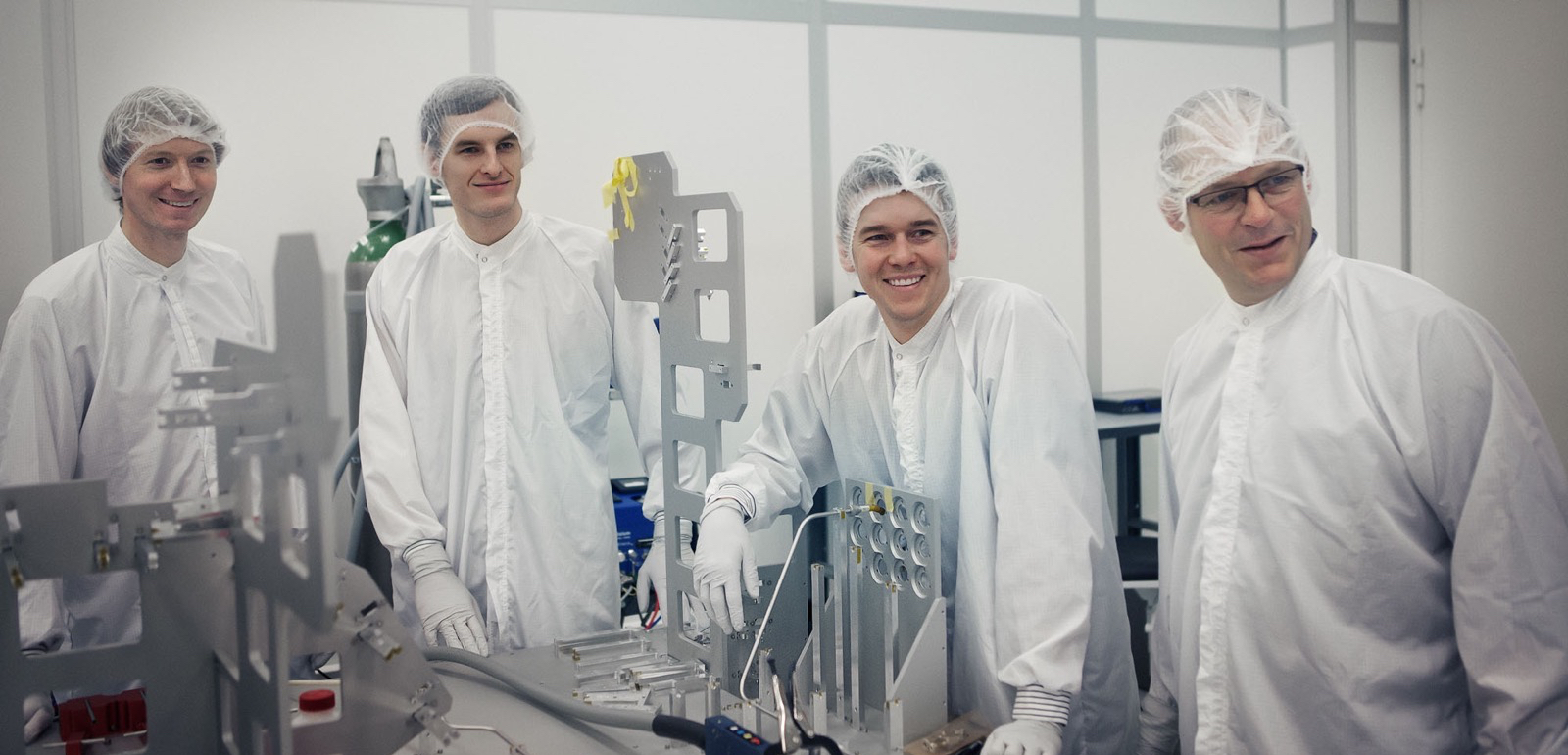Mango and Tango have “danced” together from 2010 to 2014
Ten years ago, on June 15th, 2010, the Swedish satellite mission Prisma was launched into orbit. The mission consisted of two satellites, Mango and Tango, launched together and designed to autonomously “dance” together in formation flight, whilst demonstrating a suite of new technologies. OHB Sweden, a subsidiary of the space and technology group OHB SE, was the prime contractor for the project.
OHB Sweden designed, built, tested and operated the satellites to demonstrate formation flying and rendezvous manoeuvres, whilst also providing first flight opportunities for a number of new sensor and actuator technologies. Mango steered around Tango by means of different sensor technologies such as radio-frequency and vision based sensors as well as video systems, retreating from Tango (several kilometres apart) and then closing in again to up to a meter in proximity, taking several decisions autonomously in the process.
Funded by an international cooperation
Five years prior to the launch the Swedish National Space Agency (SNSA), along with the French space agency CNES (Centre national d’études spatiales) and the German DLR (Deutsches Zentrum für Luft- und Raumfahrt), had taken the decision to lead and fund Prisma to create a new Swedish-led technology demonstration mission.
Experiments served to demonstrate autonomous satellite manoeuvring technologies
Mango (weighing 145 kg) was equipped with innovative propulsion systems providing full orbit control capability. Tango (weighing 40 kg) had a simplified control system and served as a “target” for all of Mango’s activities and capabilities. The two spacecraft, and a rather lean operations team, steadily marched through a tight mission and experiment timeline over the next years until the mission was completed in 2014. All experiments served to demonstrate autonomous satellite manoeuvring technologies that have many applications for astronomy, Earth observation, in-orbit satellite servicing, debris removal, etc. Also, new propulsion technologies like green propellant and micro-thrusters were tested in the mission.
In hindsight, Prisma became a large step forward from OHB Sweden’s national small satellite history and pushed the performance and functionality of the platforms to new levels. It showed that small satellite missions, and operations teams, can in fact tackle very demanding and complex mission concepts. Prisma paved the way for OHB Sweden’s roles in future small satellite programs.


